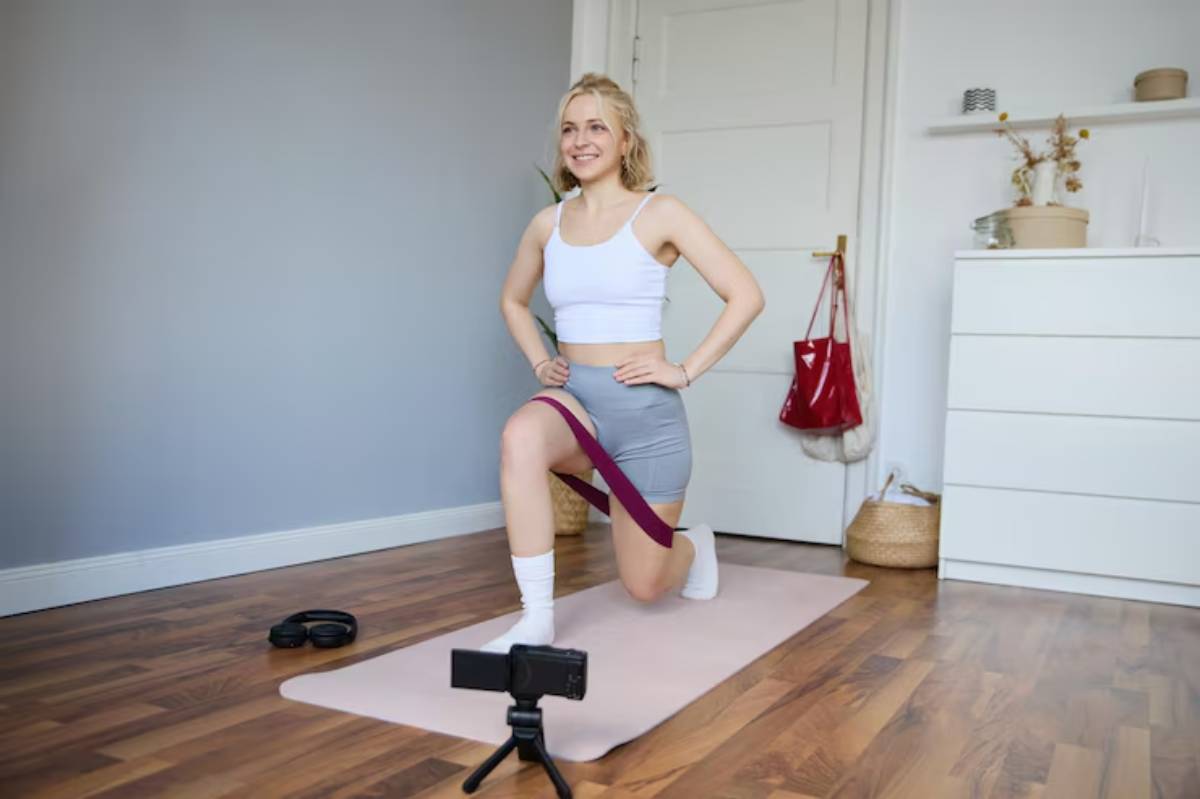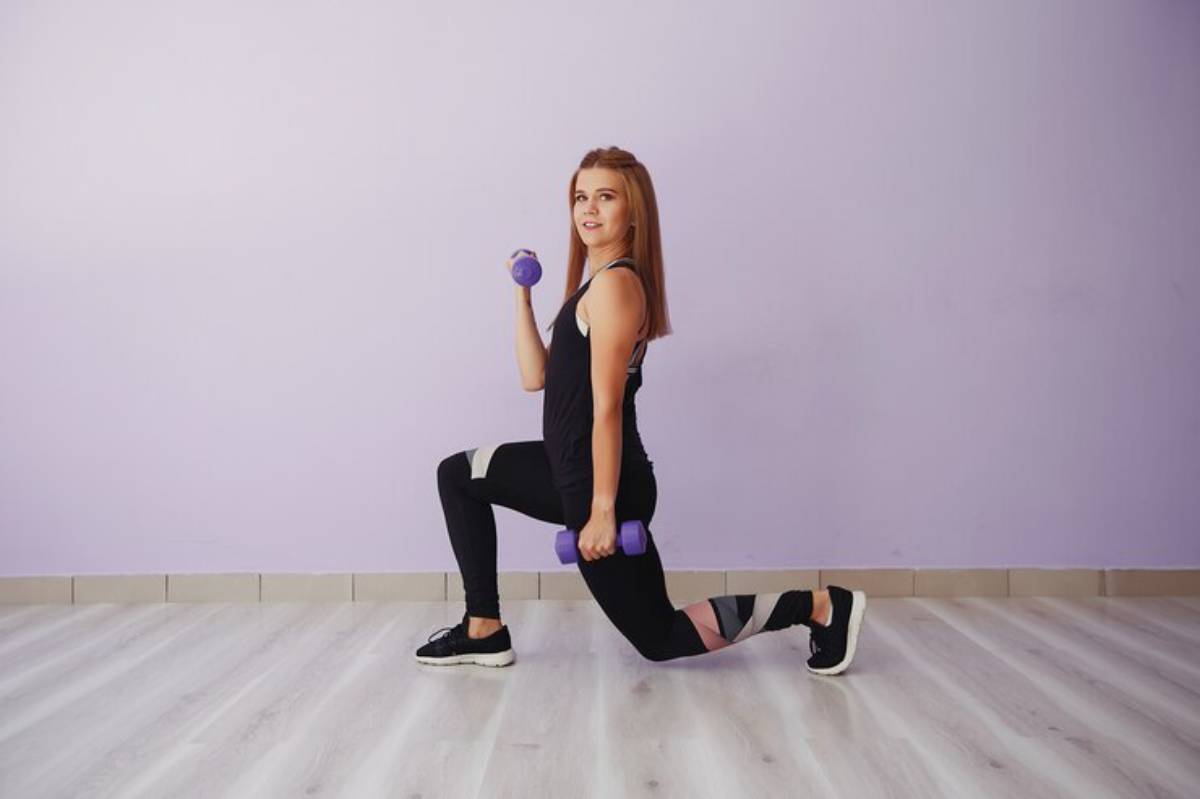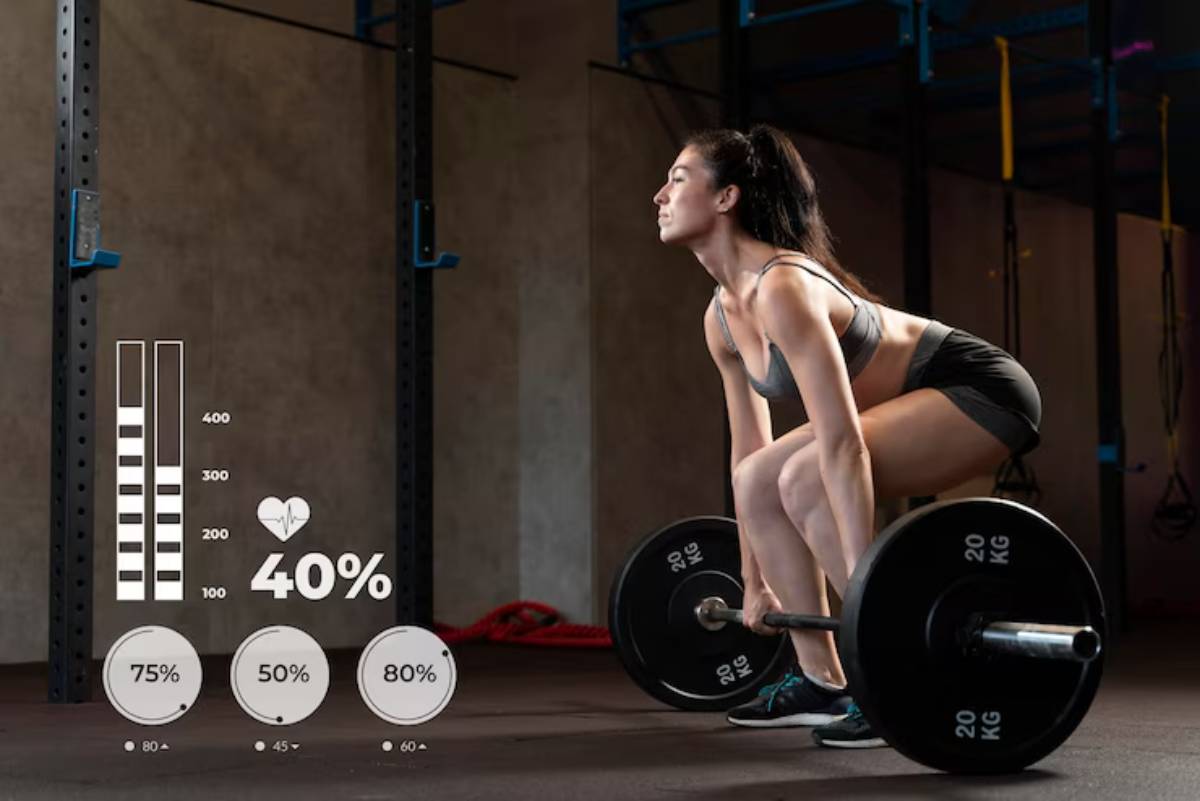
4-Day Upper/Lower Training Plan for Strength
Ever feel like you’re working hard at the gym, but your results don’t quite reflect the effort? You’re not alone — and often, the missing link isn’t motivation, but structure. Enter the 4-day upper/lower split — a balanced, strength-building routine that targets your body in a logical, effective way.
Unlike random workouts that leave you guessing what to train next, this plan brings purpose to your gym time. It allows for focused effort on both upper and lower body, ensures ample recovery, and offers a scalable structure whether you’re lifting to get stronger, leaner, or simply more confident.
In this post, we’ll explore how the upper/lower split works, why it’s one of the most effective strategies for women seeking strength and definition, and how to put it into practice in a way that aligns with your schedule and goals.
Let’s ditch the guesswork — and build a plan that works with your body, not against it.
What Is an Upper/Lower Split?
A 4-day upper/lower training plan divides your workouts by body region:
- Upper body days target muscles in the chest, back, shoulders, and arms
- Lower body days train the glutes, quads, hamstrings, and calves
This format gives each muscle group two training sessions per week, with sufficient rest in between — one of the best frequencies for building strength and muscle efficiently.
Weekly split example
- Monday – Upper Body
- Tuesday – Lower Body
- Thursday – Upper Body
- Friday – Lower Body
This structure keeps your workouts focused and your progress steady. It also gives you Wednesday, Saturday, and Sunday for recovery or light movement, which is essential for muscle growth and overall recovery.
Why This Plan Works So Well for Women
1. Balanced development across muscle groups
Let’s face it — many women prioritise leg and glute training, often leaving upper-body strength behind. But a strong upper body is more than just aesthetics. It supports better posture, reduces injury risk, and gives you more power in compound lifts.
An upper/lower split helps you:
- Build shape and symmetry
- Avoid muscular imbalances
- Improve your overall functional fitness
Plus, training each region twice a week is optimal for progress — studies show it’s better than once-weekly splits for both strength and hypertrophy gains.
2. Better recovery with consistent volume
Doing full-body sessions too frequently can wear you down, especially if you’re pushing intensity. This split offers a smart balance — you work hard, then rest the trained muscles while hitting a different region.
And if you’re someone who’s navigating hormonal shifts, like perimenopause or menstrual phase fatigue, this kind of schedule lets you flex intensity and rest more naturally, as explained in our guide on how to adjust your plan menstrual cycle phases.
3. Encourages progression
With fewer muscle groups per session, you can devote more energy and attention to each lift. This leads to:
- Heavier lifts with better form
- More sets and reps for targeted areas
- Faster improvements in strength and physique
How to Structure Your Sessions
Each workout should include a mix of:
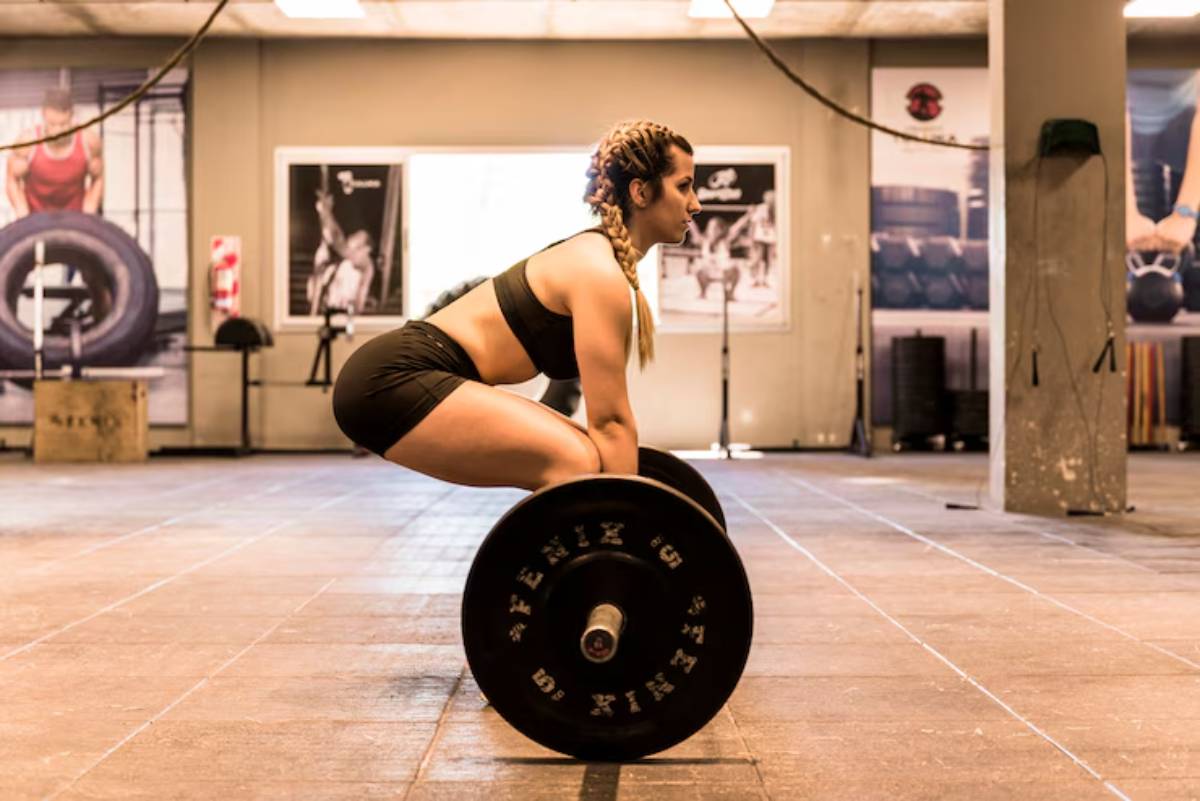
- Compound lifts (e.g., squats, deadlifts, rows, presses) for total strength
- Accessory movements (e.g., curls, lunges, flys) to support aesthetics and weak points
- Core work and optional finishers, depending on your goal and time
Sample structure per workout:
- 1–2 compound lifts
- 2–3 accessory exercises
- 1 core-focused movement
- Optional finisher or mobility block
Let’s break this down further.
Upper Body Days: Focus and Flow
On these days, your goal is to hit all the major muscle groups in the upper body. Here’s how a typical session might look:
Sample Upper Body A
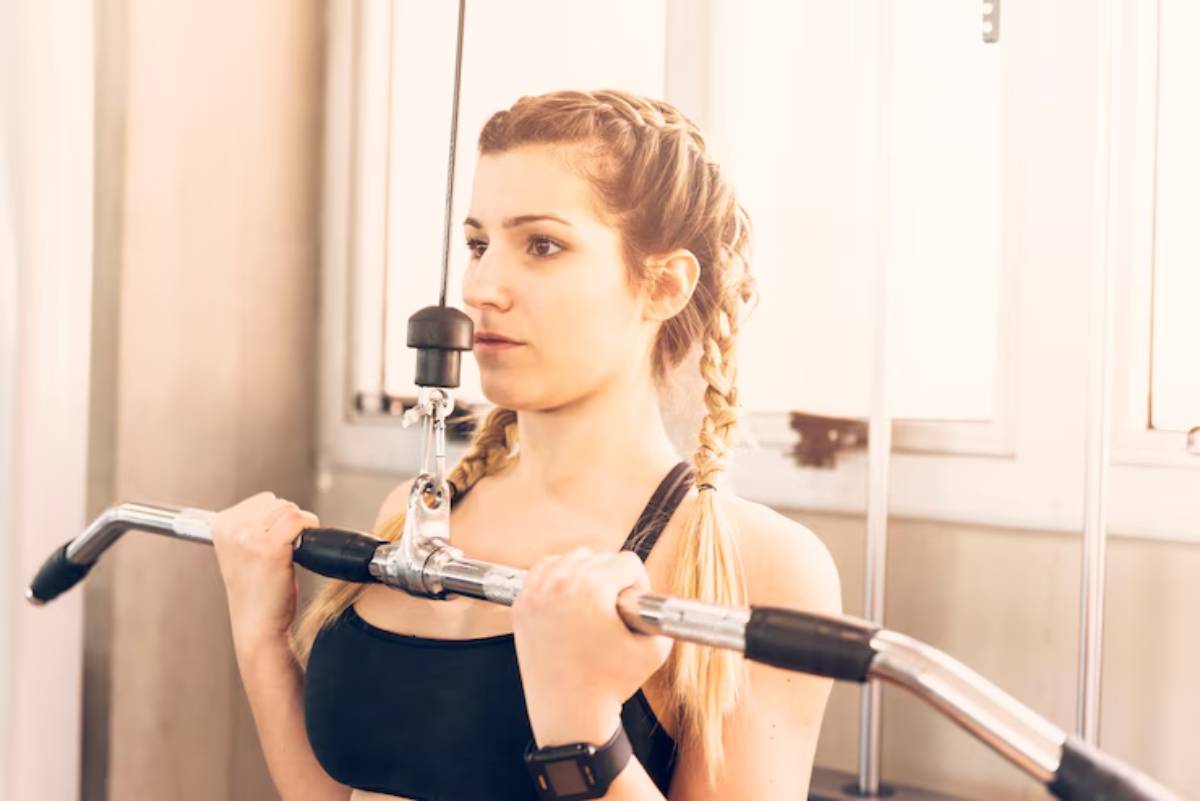
- Barbell or dumbbell bench press
- Bent-over row or seated cable row
- Overhead dumbbell press
- Dumbbell lateral raise
- Triceps pushdown + bicep curls (superset)
Sample Upper Body B
- Incline bench press
- Pull-ups or lat pulldown
- Arnold press or landmine press
- Face pulls or band pull-aparts
- Hammer curls + overhead triceps extensions
You can rotate exercises weekly or stick with the same movements for 4–6 weeks to track progress clearly.
Lower Body Days: Power from the Ground Up
Lower body days are where you build the foundation — strength, stability, and definition. Here’s what a balanced session could look like:
Sample Lower Body A
- Barbell back squat or goblet squat
- Romanian deadlift
- Bulgarian split squats
- Glute bridge or hip thrust
- Seated calf raises
Sample Lower Body B
- Deadlift (conventional or sumo)
- Walking lunges or step-ups
- Leg press
- Hamstring curls
- Standing calf raises
Each session targets glutes, hamstrings, quads, and calves, while also challenging your core and cardiovascular system.
Looking to target your lower body further? You might enjoy exploring the best glute-building exercises with weights to complement this plan.
Programming Tips for Progress
Train for strength, not just fatigue
Don’t chase exhaustion or muscle burn alone. Aim to progressively overload by increasing weights, reps, or control over time.
Keep rest days truly restful

Avoid back-to-back lower body sessions. Use rest days for light walking, stretching, or yoga to boost recovery.
Track your lifts
Use a logbook or app to note your reps and weights each week. Tracking is one of the most effective tools for staying consistent and motivated.
Prioritise form and full range of motion
It’s better to do 8 perfect reps with moderate weight than 15 sloppy ones with momentum. Your joints and muscles will thank you in the long run.
Real-World Results from Real Women
Ishita, 28 – Product Designer:
“I love this split. Four workouts a week are easy to stick to, and I’ve gotten noticeably stronger in my deadlifts and shoulder press. My clothes fit better, and I feel more confident walking into the gym knowing exactly what I’m doing.”
Maya, 44 – Yoga Instructor & Mum of Three:
“I used to think lifting was just for my legs. This routine helped me realise how powerful upper-body strength can be. Carrying groceries, kids, even doing handstands — everything has improved.”
Is This Training Structure Right for You?
A 4-day upper/lower plan is perfect for you if:
- You have some lifting experience and want a more structured routine
- You’re ready to train four times a week and commit to progression
- You want balanced development and enjoy variety across sessions
It may not be ideal if:
- You’re brand new to strength training — in which case, a full-body or 3-day plan might be a better start
- Your schedule only allows for 2–3 gym visits per week
Ultimately, the best programme is the one you can follow consistently and with intention.
Building Strength from the Ground Up
The 4-day upper/lower training split is about more than just muscle — it’s about creating a stronger, more capable version of yourself. With the right structure, you’ll train smarter, progress faster, and feel more connected to your body’s abilities.
This routine gives you space to grow. It respects your recovery, challenges your strength, and builds a balanced physique without burning you out.
So grab your training log, map out your week, and commit to showing up. With four focused sessions, you’re building more than muscle — you’re building strength with purpose.
